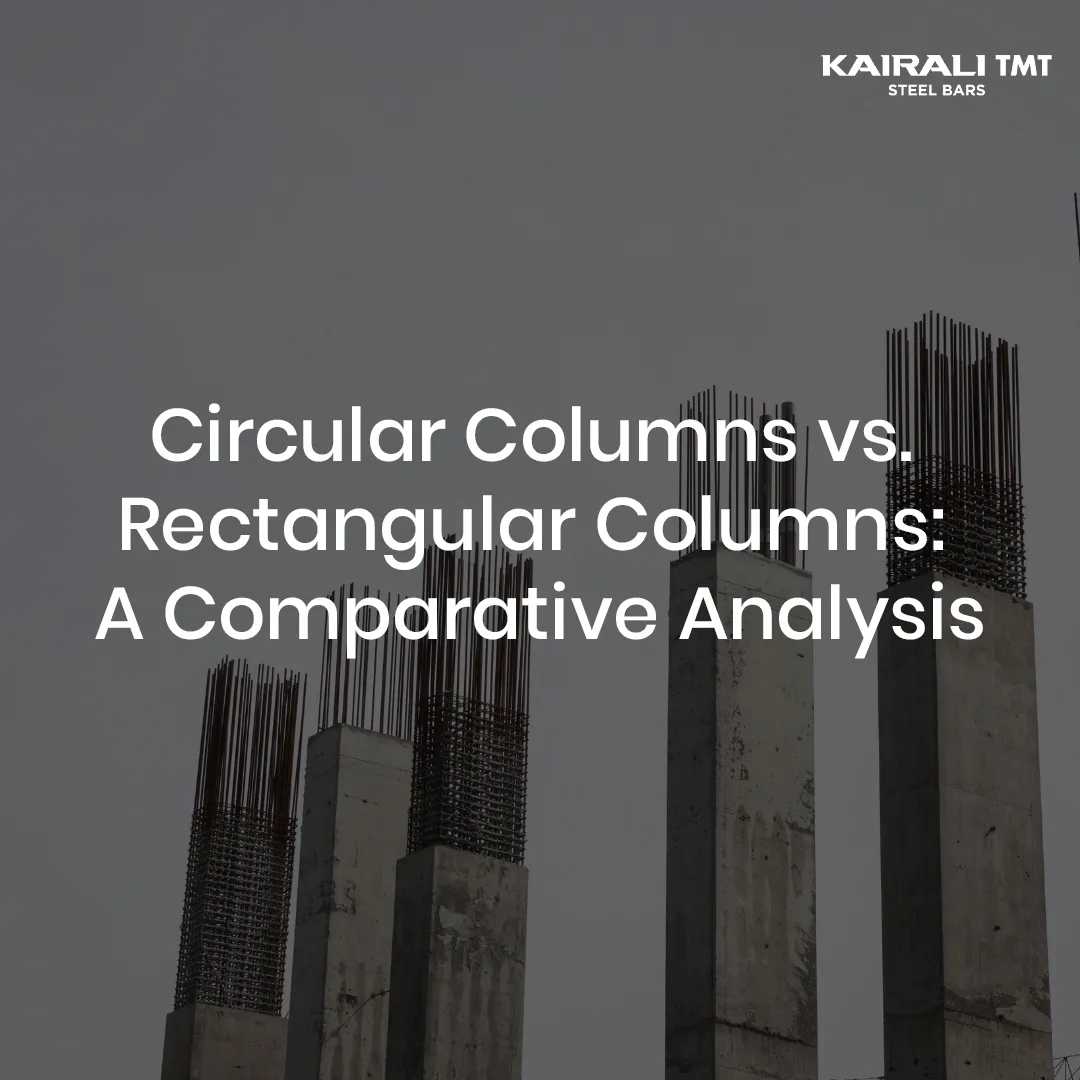Imagine assembling a building like you would a set of LEGO blocks, neatly snapping each piece into place.
This isn’t child’s play, but it is the essence of modular construction – an innovative building technique that’s extensively used today.
Let’s see more about Modular Construction.
What is Modular Construction?
Modular construction is a process where buildings are constructed off-site, under controlled plant conditions.
The buildings are produced in “modules”, which are then put together to complete the whole building structure.
What Is Steel Modular Construction?
Steel modular construction is simply the modules that are constructed with a steel frame as opposed to wood or other materials.
This type of construction is particularly strong and durable, making it suitable for high-rise buildings and other structures that require superior structural integrity.
It offers additional fire resistance and can be designed for greater resistance to natural disasters like earthquakes and hurricanes.
The Advantages of Modular Construction
Relatively Fast Construction Process
Modular construction can reduce build times by over 50% due to the simultaneous progress of site work and building construction.
Strict Quality Control
As modules are built in a factory setting, they are subject to stringent quality control, reducing the risk of defects.
Lowers Waste and Environmental Impact
Factory settings allow for more accurate material ordering and usage, leading to less waste.
Also, the indoor construction environment reduces the amount of material exposed to weather and vandalism.
More Safety for Labourers
Working in a controlled environment reduces the risks of accidents and related liabilities for workers.
High Flexibility and Reusability
Modules can be disassembled and the parts reused for new structures, offering a sustainable option for modifying building layouts.
The Disadvantages of Modular Construction
Transportation Limitations
The size of modules is limited by the constraints of highway and transportation regulations, which may affect the design.
Perception Issues
There is often a perception that modular buildings are of lower quality, though this is not necessarily the case.
Site Constraints
Some sites may not be suitable for modular construction due to their size or shape.
Upfront Costs
While modular construction can be cost-effective in the long run, the initial costs can be higher due to the need for heavy cranes and other specialized equipment.
Different Modular Construction Techniques
- Permanent Modular Construction (PMC): Buildings are intended to remain in one location for the duration of their use.
- Relocatable Buildings: These are designed to be reused or repurposed multiple times and transported to different building sites.
- 3D Volumetric Construction: Involves stacking and joining pre-finished modules to create a three-dimensional structure.
- 2D Panelized Construction: Walls, floors, and roof panels are produced off-site and assembled on-site to create a building.
Also read: Advanced Construction Techniques
Conclusion
Modular construction is a robust approach to building that is gaining traction across the globe.
With its ability to cut down construction time, improve quality, and reduce environmental impact, it’s no wonder why many are turning to this method for their construction needs.
Like any method, it has its challenges, but the advantages often outweigh the disadvantages, especially for projects where time and consistent quality are of the essence.
So next time you see a building being pieced together like a giant jigsaw puzzle, you’ll know the future is here – and it’s modular.


